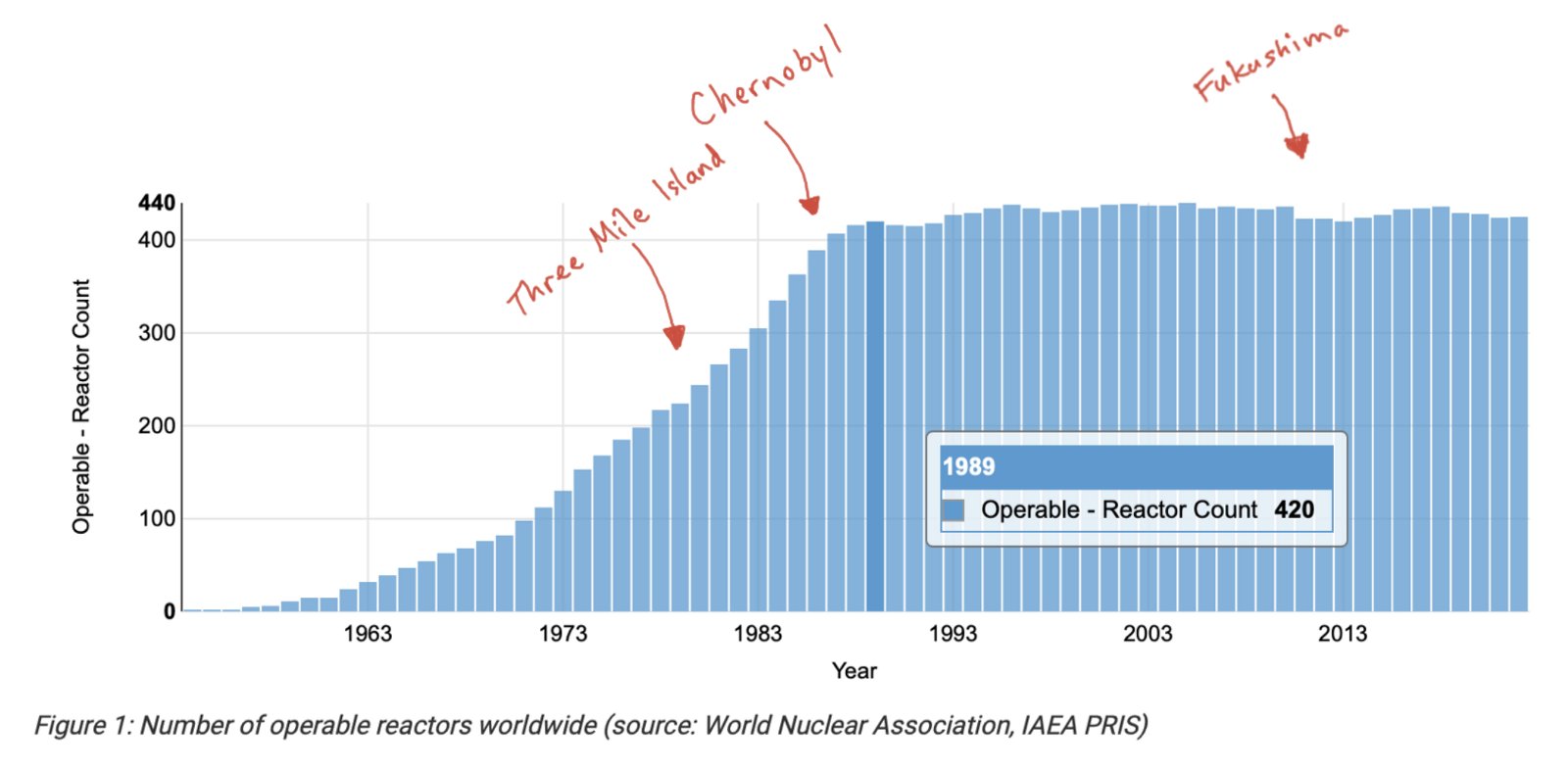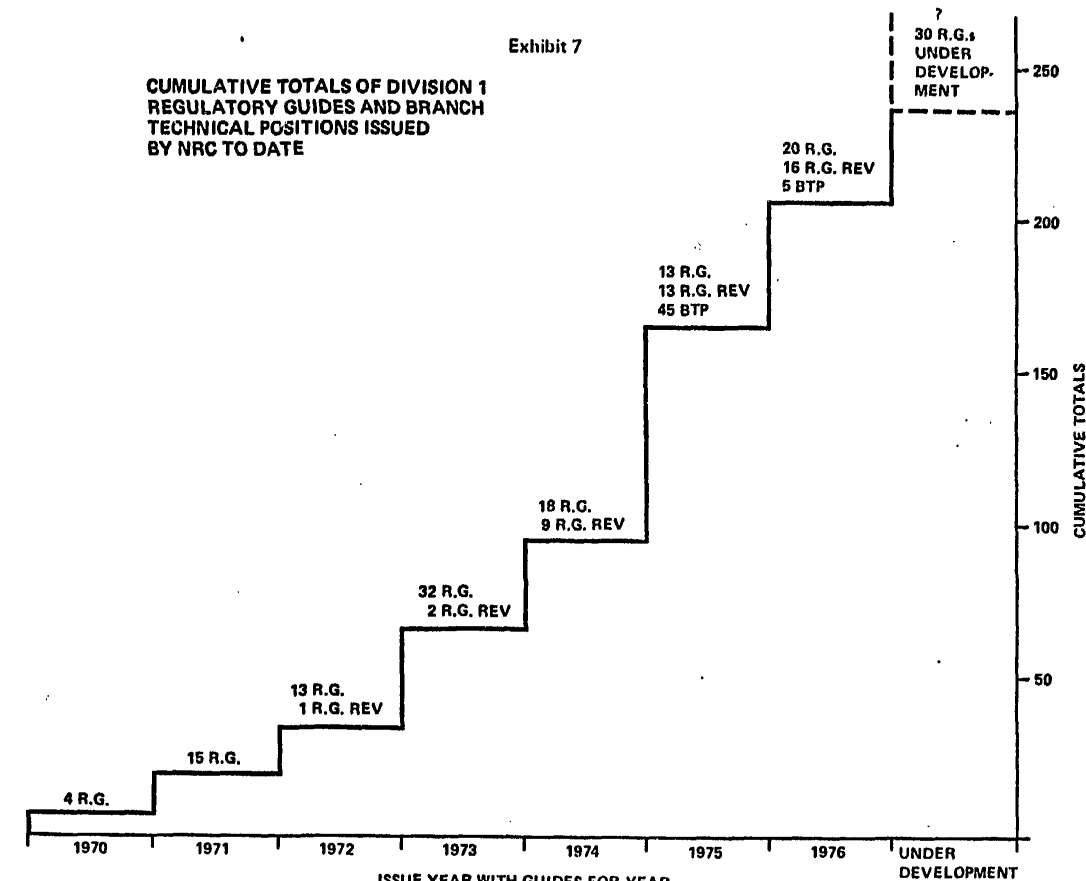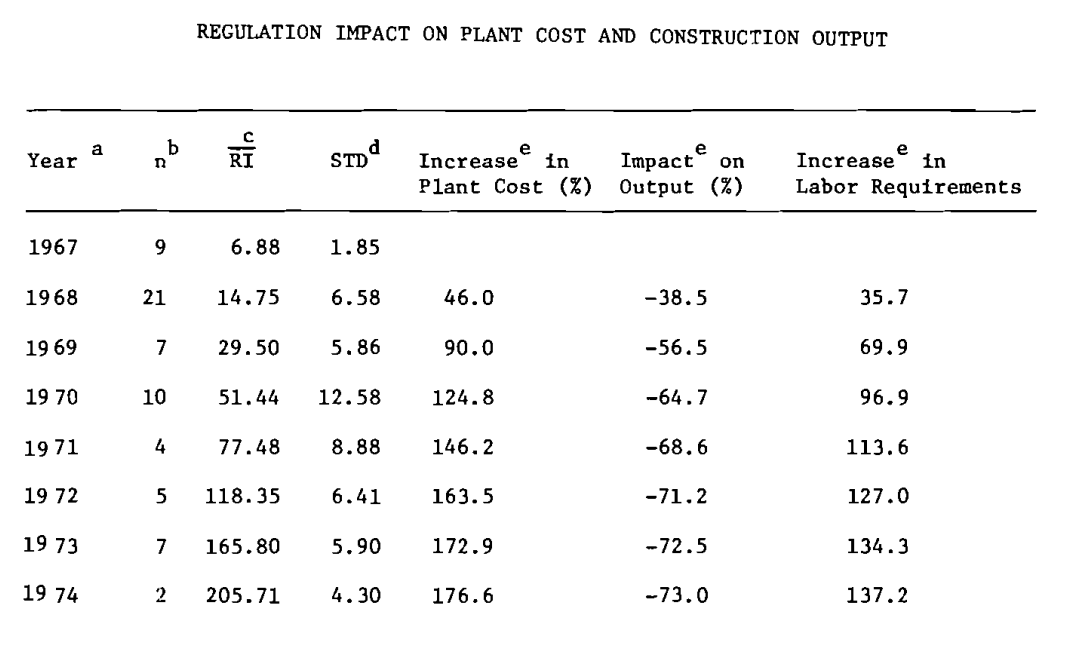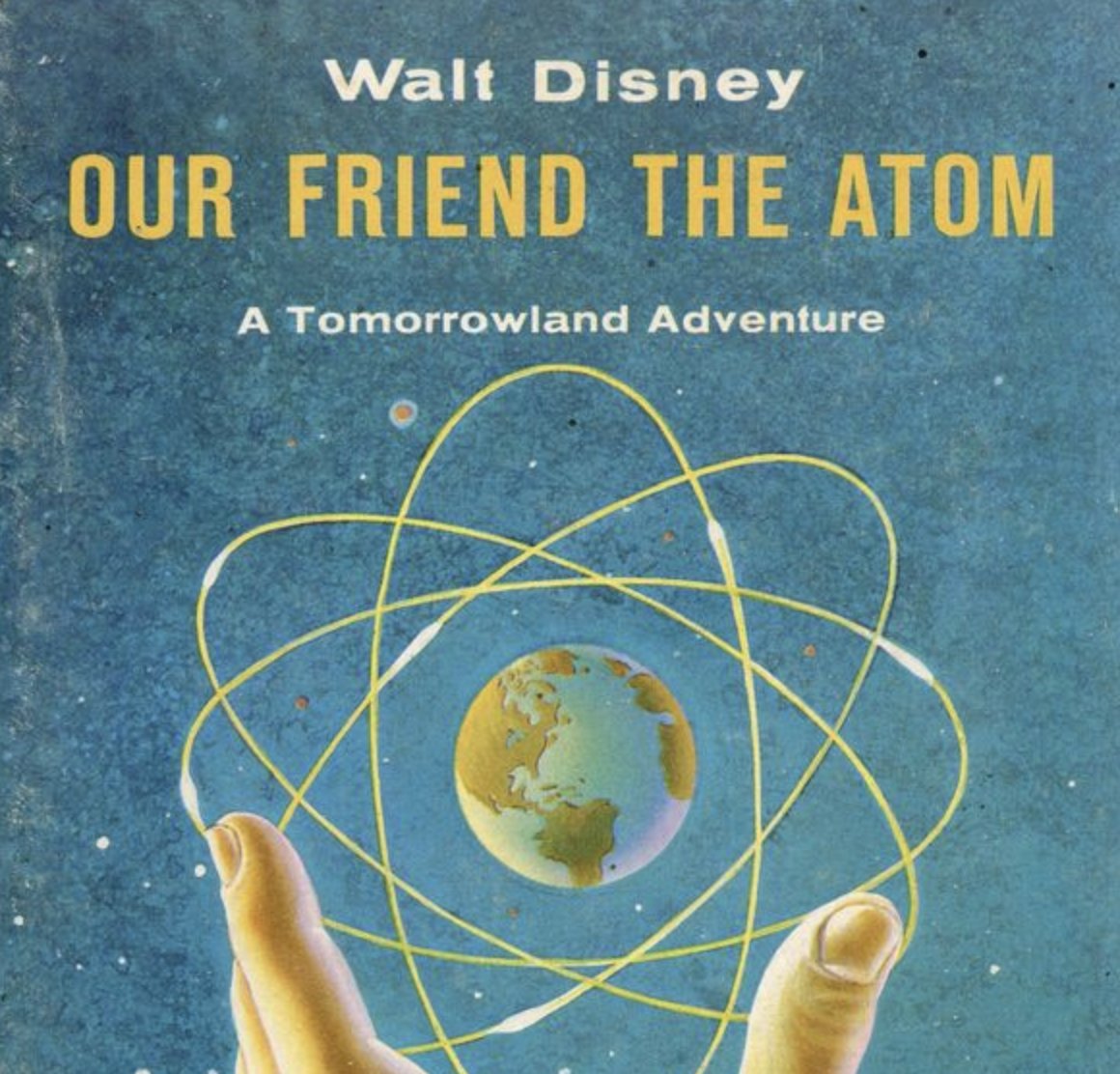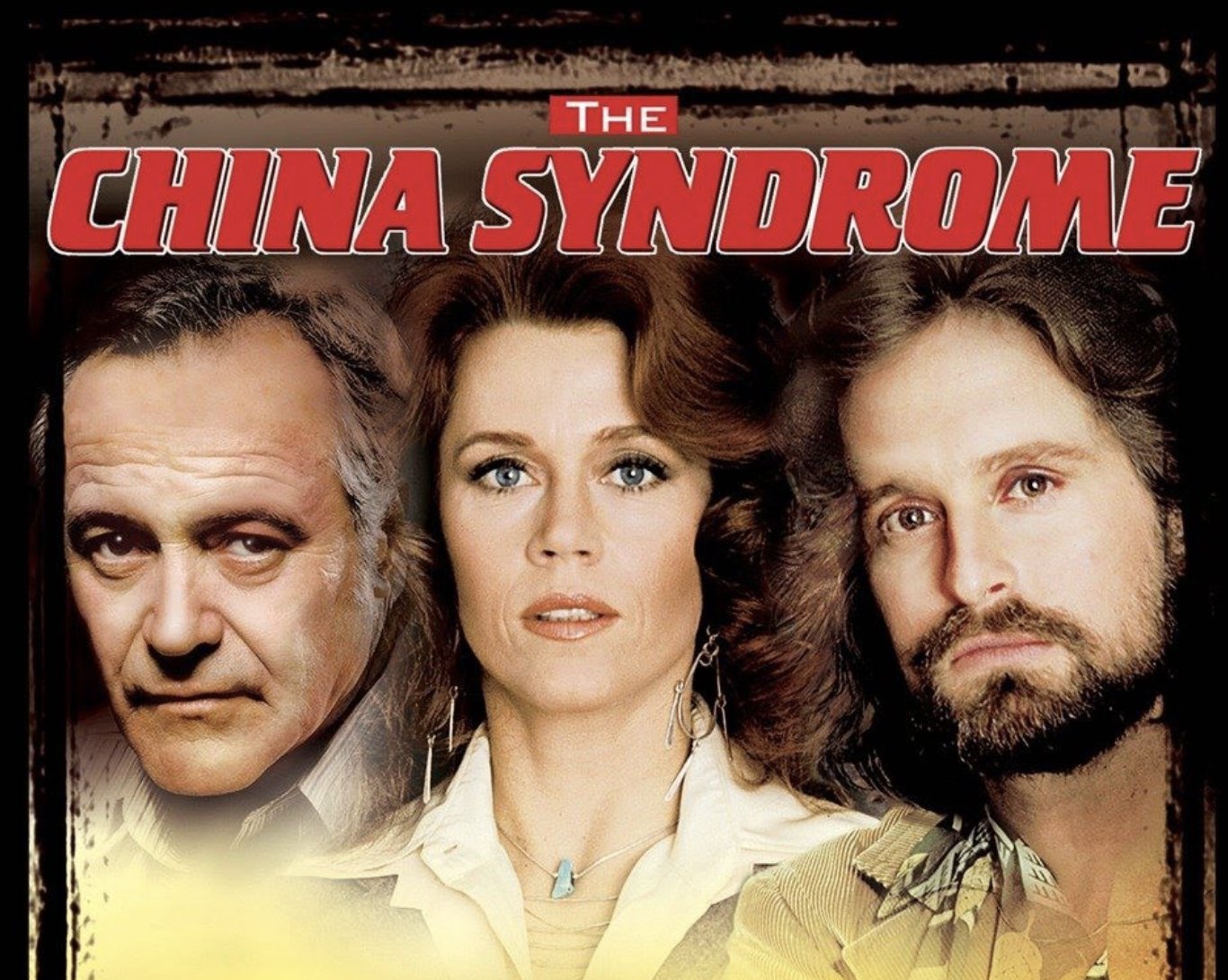Thread by Matt Loszak
- Tweet
- Nov 2, 2022
- #EnergyPolicy #Nuclearpower
Thread
For 40 years, nuclear power was expanding exponentially, ushering in a new era of clean & reliable power.
Then in 1989, it hit a wall.
What really happened? … 🧶 …
Then in 1989, it hit a wall.
What really happened? … 🧶 …
Nuclear plants traditionally take 5–10 years to build.
This implies utilities stopped placing orders around 1980.
Why?
This implies utilities stopped placing orders around 1980.
Why?
In 1979, the Three Mile Island (TMI) nuclear plant had a meltdown.
This was the first major accident in nuclear's 30 year history.
No deaths were directly tied to the accident, but public trust was tarnished.
This was the first major accident in nuclear's 30 year history.
No deaths were directly tied to the accident, but public trust was tarnished.
Utilities shied away from new nuclear builds.
Why invest billions into something, if a single accident could render the plant unusable for years? Coal plants didn't have that problem.
Why invest billions into something, if a single accident could render the plant unusable for years? Coal plants didn't have that problem.
Case closed? Not quite…
Utilities were also ALREADY seeing rising costs due to increased regulation, before Three Mile Island.
Some may blame the NRC - the new nuclear regulator that was formed in 1975 (4 years before TMI).
Utilities were also ALREADY seeing rising costs due to increased regulation, before Three Mile Island.
Some may blame the NRC - the new nuclear regulator that was formed in 1975 (4 years before TMI).
In the years that followed NRC's formation (1976 -1988), new regulation led to a >30% cost increase in new nuclear plants.
BUT, regulatory burden was ALREADY increasing, even before the formation of the NRC in 1975.
BUT, regulatory burden was ALREADY increasing, even before the formation of the NRC in 1975.
Before the NRC, there was the AEC, who was responsible for both promotion AND regulation of nuclear power.
You might expect this to be a conflict of interest (that's why NRC was formed!).
But plant costs were also increasing under the AEC's watch, ⬆️ 176% between 1967–1974.
You might expect this to be a conflict of interest (that's why NRC was formed!).
But plant costs were also increasing under the AEC's watch, ⬆️ 176% between 1967–1974.
So, why was all this regulation being added? Why wasn't nuclear loved unconditionally by all?
You'd think a new, clean & reliable energy source which went 30 years without a major accident would have garnered widespread support…
You'd think a new, clean & reliable energy source which went 30 years without a major accident would have garnered widespread support…
The problem was that nuclear power was ALWAYS controversial.
Here are a 3 reasons why:
Here are a 3 reasons why:
1️⃣ Even people within the nuclear industry (*at the time*) were unsure of how bad an accident could be, since there was no way to derive an answer definitively from first principles.
2️⃣ Unless you're a scientist or a curious citizen, it's not clear how different nuclear power and nuclear weapons are. (Very different).
3️⃣ Anti-nuclear movements, coming from:
A) Environmentalists against population growth & higher energy usage
B) Oil & gas industry lobbyists
C) Citizens unsure of how safe nuclear power truly was (see: China Syndrome)
A) Environmentalists against population growth & higher energy usage
B) Oil & gas industry lobbyists
C) Citizens unsure of how safe nuclear power truly was (see: China Syndrome)
The difference between nuclear in 1975 and 2022 is that there is now much less controversy WITHIN the industry around safety.
After 70 years (18,000 reactor years!), nuclear's safety record is on par with solar & wind, despite 3 widely publicized accidents.
After 70 years (18,000 reactor years!), nuclear's safety record is on par with solar & wind, despite 3 widely publicized accidents.
While many individuals at NRC may recognize this, it's difficult for the organization as a whole to course correct, lest they lose the public's trust.
And while the nuclear industry may want to help win over the public, it's difficult given how hard it is to build anything new.
And while the nuclear industry may want to help win over the public, it's difficult given how hard it is to build anything new.
Nonetheless, the world is realizing the importance of decarbonization + energy independence.
3rd party, unbiased observers, like doctor @Dr_Keefer and influencer @isabelleboemeke are leading succesful pro-nuclear movements.
30 years post-plateau, nuclear is getting a 2nd look.
3rd party, unbiased observers, like doctor @Dr_Keefer and influencer @isabelleboemeke are leading succesful pro-nuclear movements.
30 years post-plateau, nuclear is getting a 2nd look.
With the right balance of regulation, earned public trust, continued engineering innovation, and its gold-standard safety culture, we may well see a world where nuclear plays a major role in decarbonization, and powering the future of humanity.
Thanks for reading! Stay tuned for future posts :)
(And thanks to prior work by @_brianpotter and @Atomicrod for inspiring some of this.)
(And thanks to prior work by @_brianpotter and @Atomicrod for inspiring some of this.)
Mentions
See All
Bill Gurley @BillGurley
·
Nov 3, 2022
Important read.

